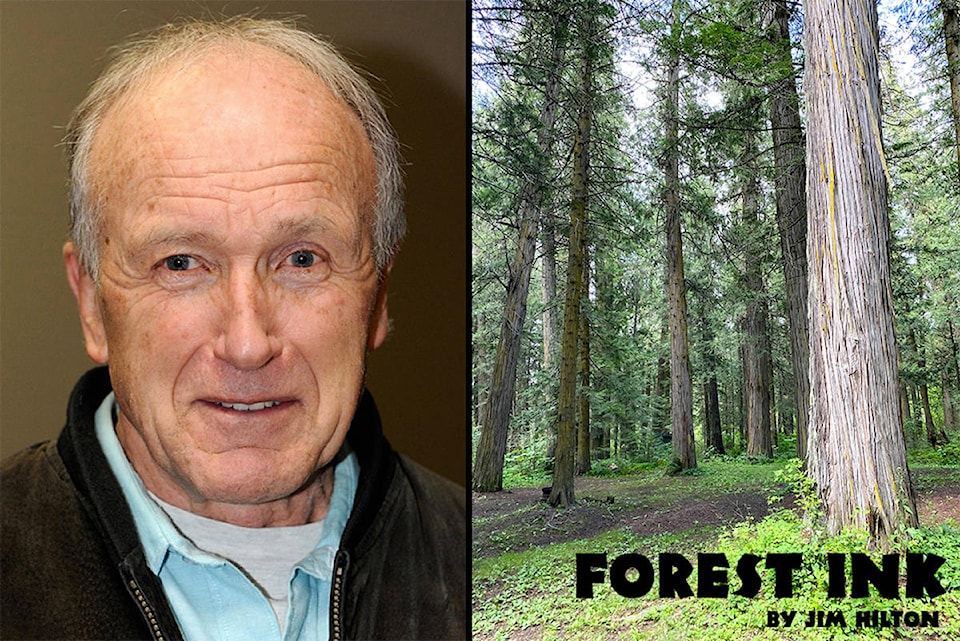It was no surprise that I got some feedback on my article about small modular reactors (SMR). I received a suggestion to look at an article by Allison Macfarlane, the former chairperson of the U.S. Nuclear Regulatory Commission and a specialist in the storage of nuclear waste.
READ MORE: FORESTRY INK: The potential of nuclear power
She takes exception to the technology pitched by Saint John’s Moltex Energy. The company argues, it would reuse some of the nuclear waste from Point Lepreau Nuclear plant and lower the long-term cost and radioactivity of storing the remainder. Ms Macfarlane states that no one has yet proven that it’s possible or viable to reprocess nuclear waste and lower the cost and risks of storage and “Nobody’s really doing this right now. … Nobody has ever set up a Molten Salt Reactor (MSR) and used it to produce electricity.”
First, she fails to mention the MSR that ran for five years from 1965 to 1969 at the Oak Ridge National Laboratory USA. After reviewing some of the latest information from the IAEA Department of Nuclear Energy it would not support her stance on these alternate energy systems.
The 2020 edition of the biennial IAEA booklet Advances in Small Modular Reactor Technology Developments (published last month), provides the latest data and information on SMRs around the world, including detailed descriptions of 72 reactors under development or construction in 18 countries.
Expanding on the previous edition, the booklet for the first time contains information on waste management and disposal as well as a section on micro reactors, which are very small SMRs intended for niche applications. The report also describes SMRs as the most promising emerging technologies in nuclear power that can help countries identify reactor designs to suit their needs as they look for reliable and affordable energy sources to slash greenhouse gas emissions and drive sustainable development.
This alternate nuclear program is also referred to as “molten salt reactor” (MSR) technology because molten salts play a key role in the reactor core. The salts are used as a coolant instead of water as used by most currently operating reactors. And instead of fuel rods, most MSR designs involve nuclear fuel dissolved in the coolant. This design makes them much safer than the traditional nuclear plants and more flexible in the production of alternate output products.
After listening to a number of TED Talks there are many supporters of alternate energy sources that are hoping for some break throughs in these small nuclear projects because they have come to the conclusion that while solar and wind are superior to fossil fuels they will not be able to meet the anticipated demands for developing countries and the ongoing growth in the world’s population.
Michael Shellenberger and Eirik Eide Pettersen (supporters of solar and wind projects) have come to the conclusion that SMRs will be critical along with renewable sources to meet future energy needs and provide lots of support for their conclusions. Another good source is a TED Talk by moderator Richard Lester and nuclear scientists Leslie Dewan and Mark Massie who provide a simple explanation of the molten salt reactors and how they could make some important contributions to the energy crisis. There is also considerable research on alternate nuclear energy being done in Scandinavian countries as demonstrated by a number of papers from researchers in these countries.
Jim Hilton is a professional agrologist and forester who has lived and worked in the Cariboo Chilcotin for the past 40 years. Now retired, Hilton still volunteers his skills with local community forests organizations.
Do you have something to add to this story, or something else we should report on? Email: cassidy.dankochik@quesnelobserver.com
Like us on Facebook and follow us on Twitter.
